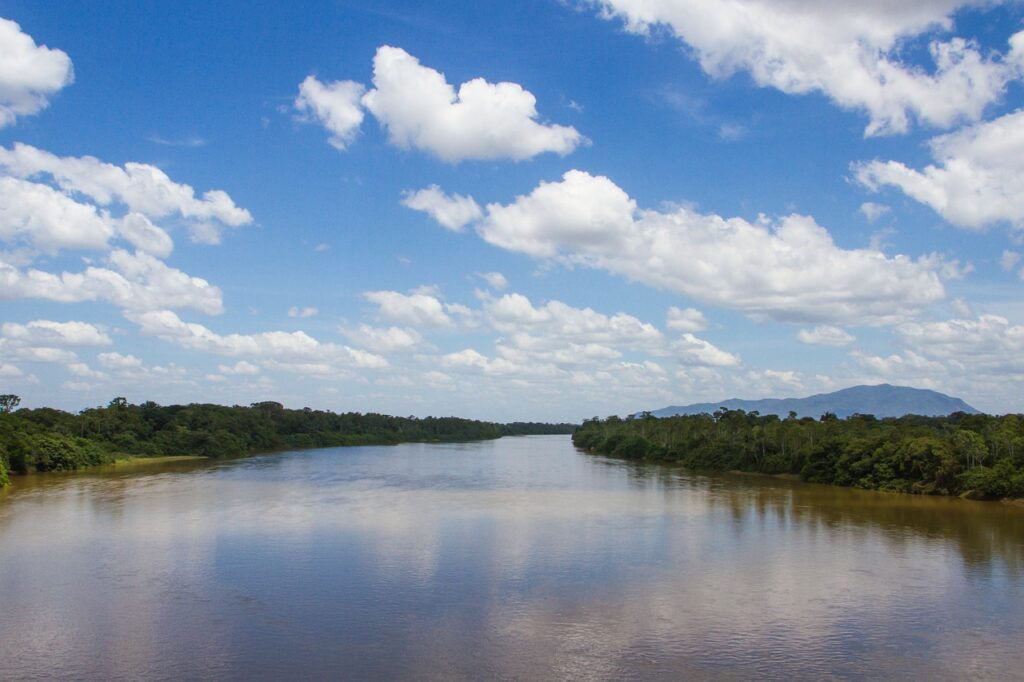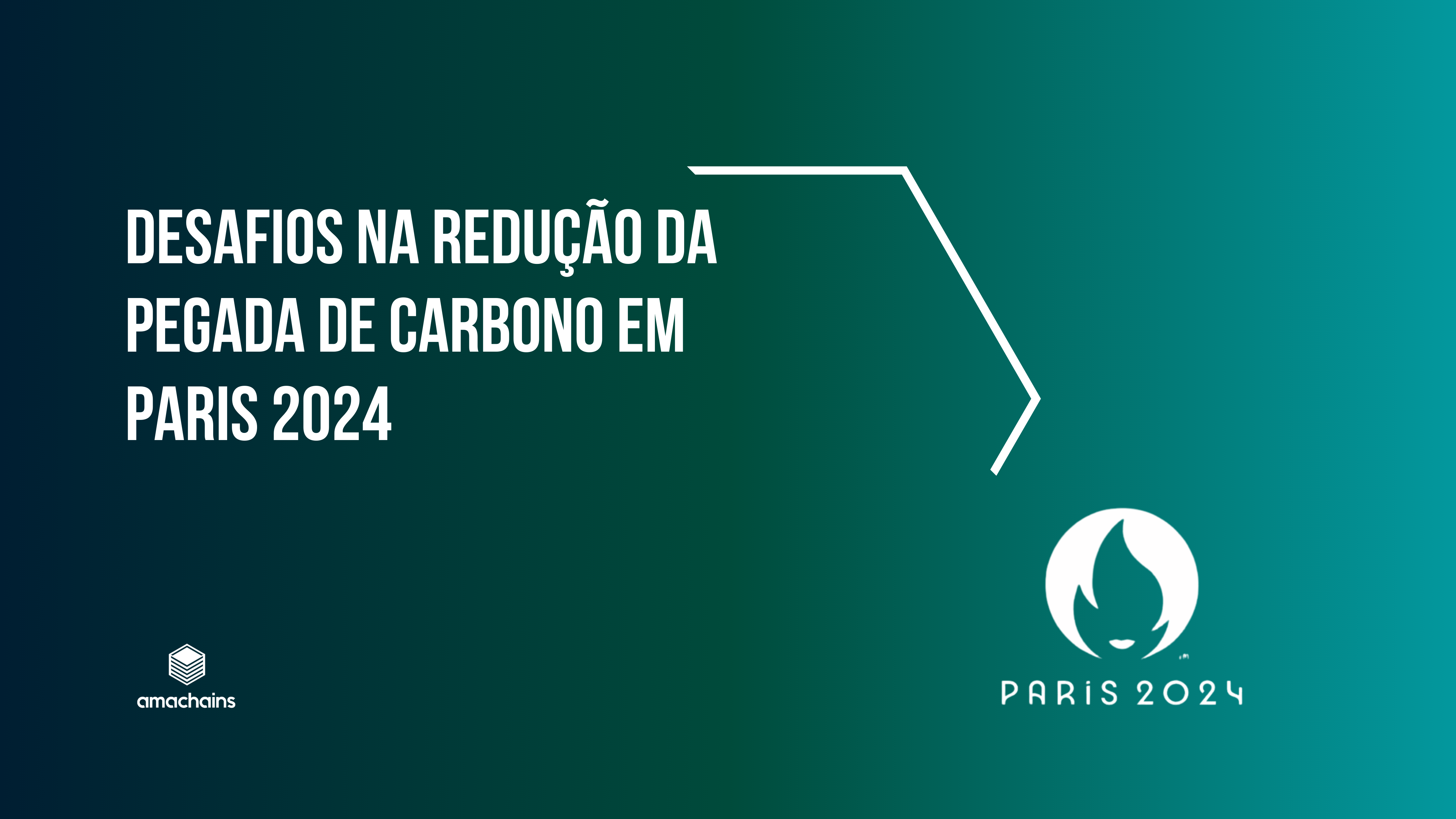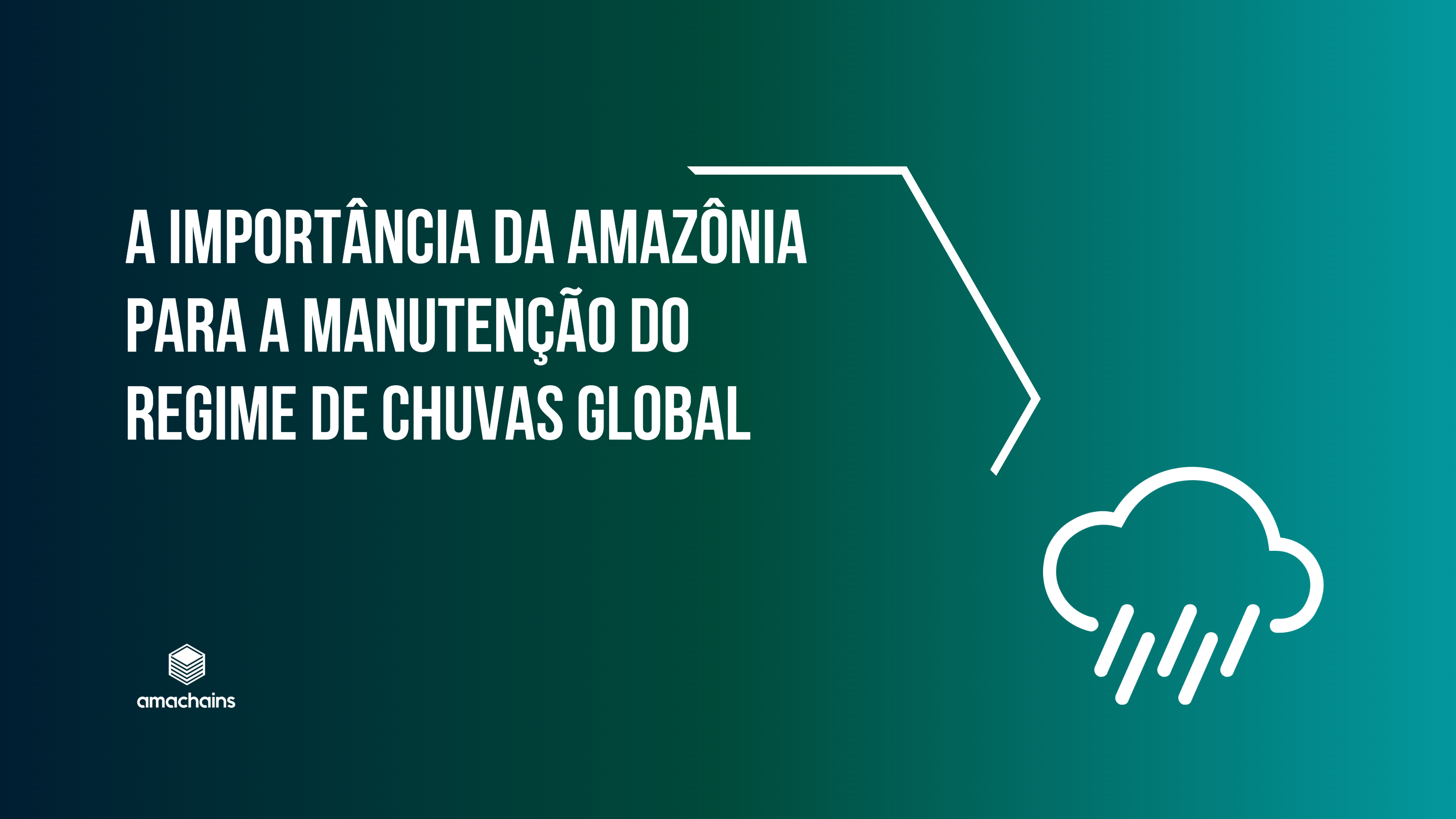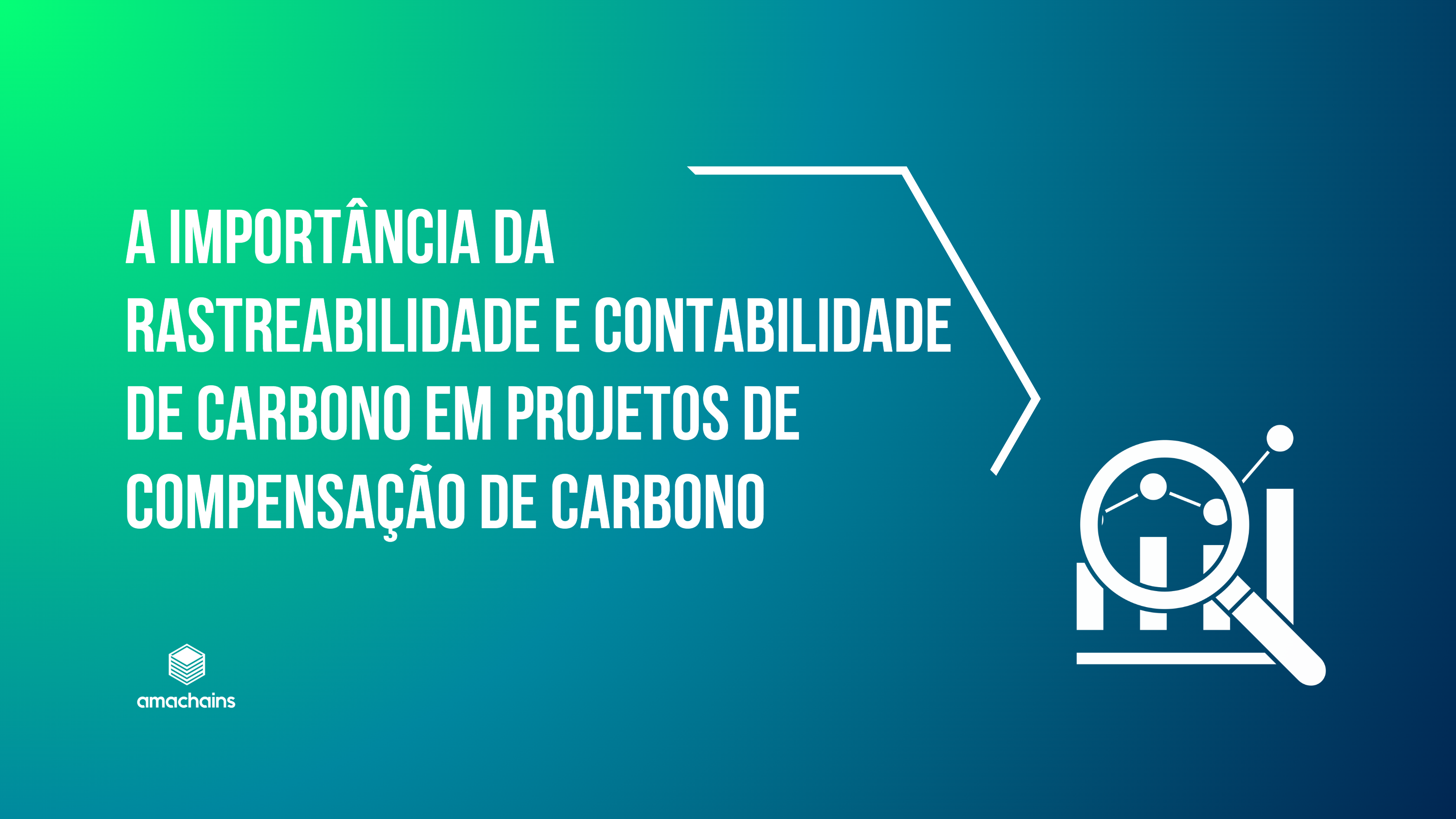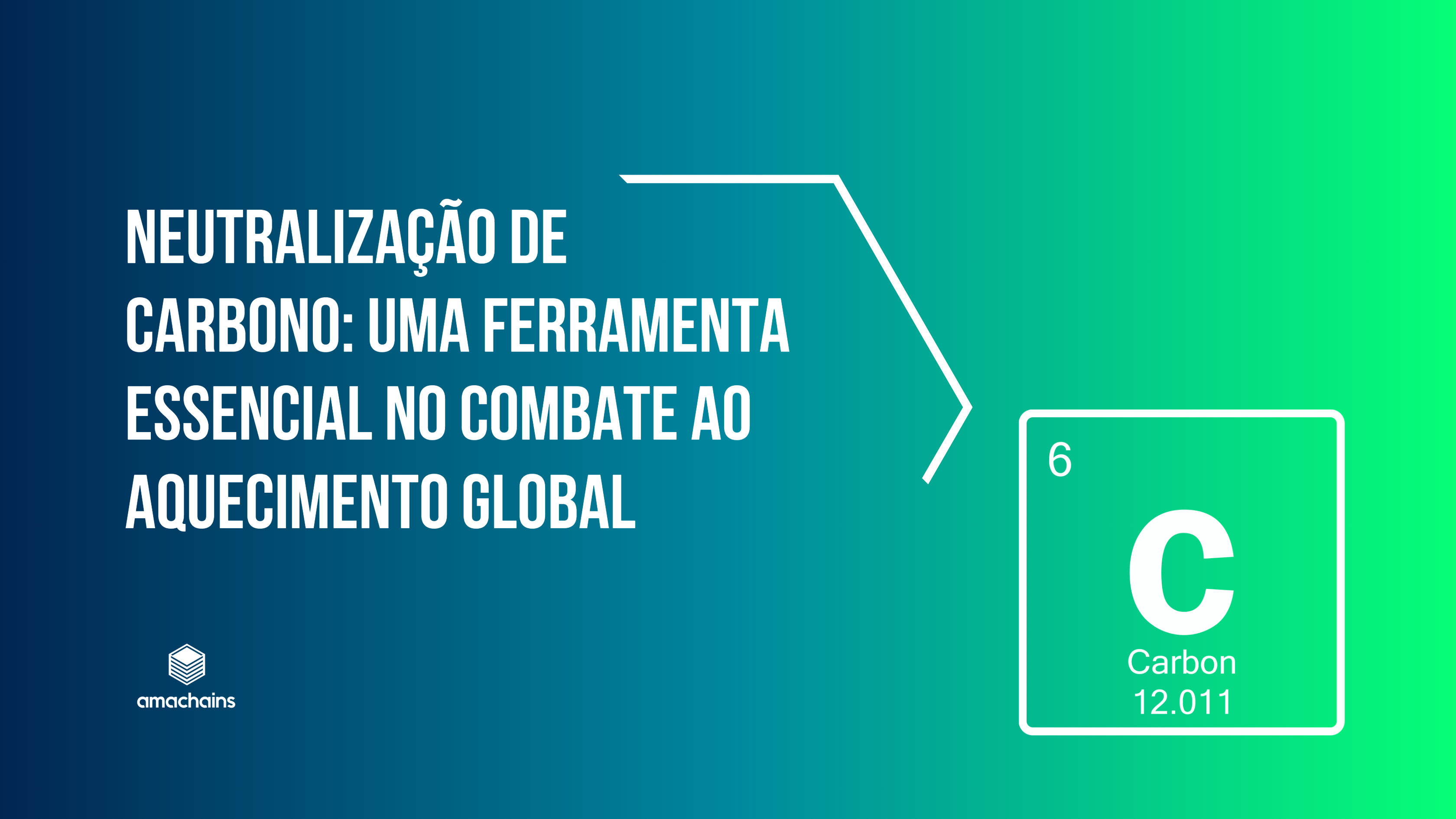The global debate on climate change and environmental preservation has highlighted the vital role played by indigenous communities in conserving ecosystems. In Brazil, regions with demarcated indigenous lands have higher preservation indicators when compared to other regions and, thus, emerge as crucial bastions for environmental preservation.
Preserving native forests is one of the most efficient strategies for capturing greenhouse gases from the atmosphere. Read here.
Therefore, the carbon market emerges as an important window of opportunity for indigenous communities.
Map of Indigenous Lands in Brazil
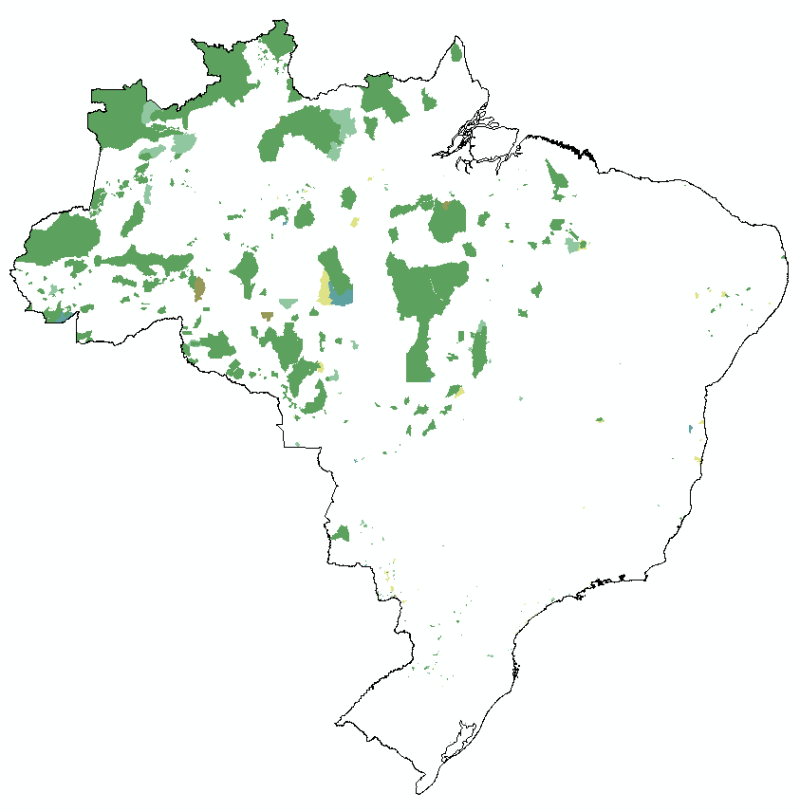
Source: ANA Metadata Catalog
Indigenous Lands and Environmental Preservation
According to a survey by Map Biomas, indigenous lands are the most preserved areas in the country. The study, conducted through analysis of satellite images, shows that only 1.6% of the loss of forests and native vegetation in Brazil between 1985 and 2020 occurred on indigenous lands.
Some factors help to understand the importance of these regions for strategies to contain the effects of global warming.
Biological Diversity: Most indigenous lands are home to a rich biological diversity due to sustainable management and the respectful relationship with nature maintained by these communities. Data from the Brazilian Institute of Geography and Statistics (IBGE) indicate that indigenous areas in the Amazon concentrate a unique variety of species, contributing directly to global biodiversity.
Sustainable Management: With traditional sustainable management systems, indigenous communities play a crucial role in preventing uncontrolled deforestation and promoting the balanced use of natural resources. Studies by the Center for Indigenous Studies (CEI) highlight the effectiveness of these practices in maintaining local ecosystems.
Environmental Education: Indigenous communities often have a cultural connection with the environment and adopt environmental education practices, passing on knowledge about ecological preservation from generation to generation. This factor contributes to environmental awareness and, consequently, to the protection of lands.
The role of indigenous lands in the carbon market
- Carbon capture from the atmosphere. Preserving native forests plays a fundamental role in capturing greenhouse gases. Vegetation, in its natural survival process, transforms carbon into raw material for its growth. In other words, maintaining regions with large expanses of forest is a natural and efficient mechanism for reducing the impacts of human activity on the atmosphere.
- Reduction of carbon emissions. On the other hand, preserving forests plays a fundamental role in reducing greenhouse gas emissions into the atmosphere. This is because, according to data from the Greenhouse Gas Emission and Removal Estimation System of the Climate Observatory, in Brazil, 48% of emissions come from land and forest use transformation activities. This means that, by preserving forest regions, in addition to preventing an increase in emissions, indigenous lands contribute to capturing gases already emitted into the atmosphere.
- Community-Based Carbon Projects: The development of community-based carbon projects on indigenous lands offers an opportunity for communities to actively participate in the carbon market, consolidating their autonomy. This creates a mechanism to encourage conservation actions, transforming preservation into sustainable development.
Indigenous lands represent not only spaces for environmental preservation, but are also essential actors in the fight against climate change. Recognizing their role in the carbon market not only contributes to global conservation, but also promotes environmental and social justice. As we seek solutions to environmental challenges, the voices and practices of indigenous communities must be valued and integrated into global sustainability strategies.
